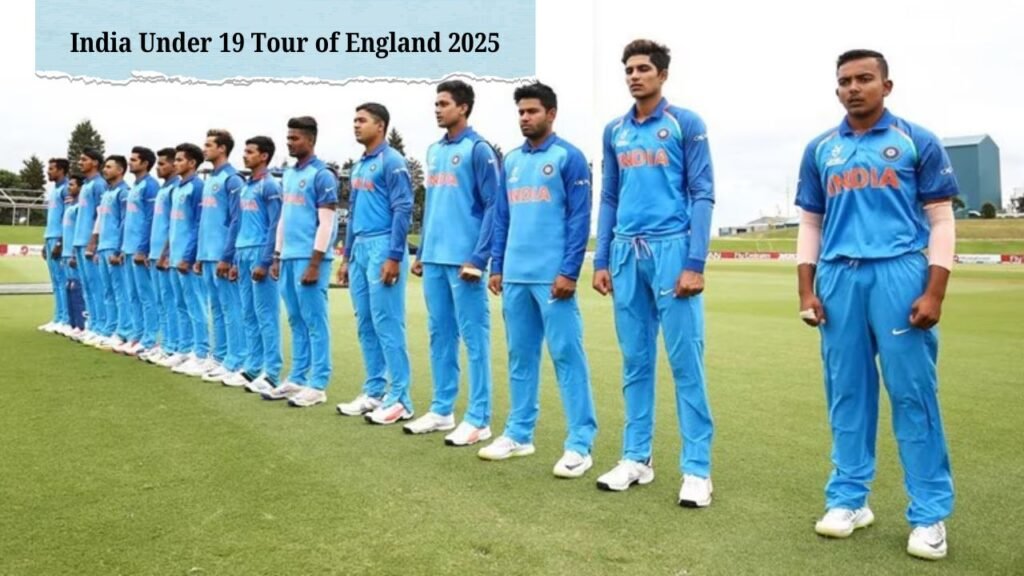Cricket has always had a strange kind of intimacy. It’s not just a game stretched across five days or crammed into a few overs; it’s gossip, obsession, and ritual rolled into one. For decades, people in India argued about who bowled a better yorker or which batsman had the “ice in his veins” for a chase. That chatter didn’t stay in living rooms – it drifted into chai stalls, office corridors, train stations. Now it’s morphed into something sharper, louder, and more profitable: tipsters and cappers selling advice on who’s going to win and how.
The jump from gut feeling to paid picks
Back in the day, betting circles leaned on old uncles who’d “watched cricket since Gavaskar” and claimed to know the pitch like their own backyard. Sometimes they were right, often they weren’t, but no one cared much because the money was small. Today, with legalized markets in some regions and shadow markets in others, prediction has turned into a business. The “capper” or “tipster” is no longer the guy yelling in a smoky tea shop – he’s online, running Telegram groups, charging monthly subscriptions, posting spreadsheets and screen recordings of past wins.
India, with its cricket fever, is ground zero. Millions of fans want more than just fandom – they want edges, shortcuts, a reason to place that ₹500 bet with some confidence. And the new-age tipsters provide exactly that.
Why India? Why now?
For one, cricket is a religion here. A kid in Delhi can name the batting average of his favorite player faster than his own phone number. The second factor is access. Everyone has cheap data plans, smartphones, and endless cricket streaming. Combine passion with constant exposure and a culture that already thrives on speculation, and you get a perfect storm.
There’s also the darker side: betting in India has always been more underground than mainstream. Casinos are restricted, sports betting is a legal gray area, but people find a way. Telegram, WhatsApp, Discord—these are the new stadiums. Inside them, tipsters drop their “sure shots” or “premium picks,” and fans lap it up. Some punters just want a bit of entertainment money riding on a T20. Others treat it like stock trading. Both groups feed the tipster economy.
The business of tips
The structure is simple but effective. A tipster builds a reputation—posting free picks at first, flashing big wins, screenshotting payouts. Once the trust clicks, he sets up premium tiers. Maybe ₹499 for a week, ₹1,999 for a month. He promises better accuracy, inside scoops, or detailed breakdowns. Multiply that by thousands of subscribers, and you’re looking at serious income.
It’s not just small-timers either. Some operate like mini-companies, with branding, websites, customer support, even referral codes. The language shifts from casual banter to corporate-style guarantees. People aren’t just paying for a hunch; they’re buying into a service, an image of professionalism.
Global currents, Indian tide
Tipsters exist everywhere—football in Europe, basketball in the US, horse racing in Australia. But cricket’s explosion in India gives it a unique flavor. The Indian Premier League (IPL) changed the whole landscape. Suddenly matches had worldwide TV coverage, massive prize money, and players from every corner of the globe. That intensity spilled over into betting culture.
What used to be “Who’ll win today?” turned into micro-markets: first dismissal method, over-by-over runs, boundaries in the powerplay. Every tiny outcome became a chance for tipsters to flex their “expertise.” And punters, chasing both thrill and hope, followed.
Data vs. drama
Here’s where it gets tricky. Some tipsters rely on genuine analysis: player form, pitch reports, weather data, head-to-head stats. Others just spin words, recycling confidence as currency. Punters rarely know which side they’re on until money is lost—or won.
Data by TipsGG says that the sheer volume of cricket betting predictions coming out of India has tripled in just a few years. That surge isn’t just about passion. It’s about technology, connectivity, and a younger generation that treats cricket odds like stock tickers.
But analysis can only go so far. Cricket is chaos. A mistimed shot, a dropped catch, a sudden rain shower can throw the best “data-backed” prediction into the trash. That uncertainty is both the addiction and the downfall.
The ethical mess
Here’s the uncomfortable truth: most of this sits outside legal betting frameworks. Tipsters aren’t regulated. Their accuracy isn’t audited. Their claims of “90% win rates” are basically marketing puff. When fans lose money, there’s no complaint board, no refund button. Just silence or, worse, more upselling.
And yet, people keep buying in. Why? Because winning once feels like beating the system. It’s intoxicating. And because the alternative—going in blind—feels even riskier.
Where this is heading
India’s tipster culture isn’t slowing down. If anything, it’s professionalizing. Influencers on Instagram casually mix cricket memes with betting slips. YouTube “analysts” frame their channels as sports commentary but sneak in betting advice. Even legit sports apps are blurring lines, adding prediction games that mimic real betting.
Will regulation catch up? Maybe. Some states have already cracked down on fantasy sports, which is technically different but operates in the same space of “skill vs chance.” If legal betting arrives in India in a structured way, tipsters might shift from shady Telegram groups to official partner platforms. They’d look more like financial advisors than street hustlers. Until then, it’s going to stay messy, unregulated, and incredibly popular.
The last word
The rise of cricket tipsters is just another expression of how deeply the game is woven into Indian life. It’s not just about sixes and wickets anymore—it’s about probabilities, trust, and risk. Some will profit, most will lose, and the cycle will spin on.
Cricket has always been a game of faith. Faith in the batsman, the bowler, the team. Now, for millions in India, it’s also faith in a faceless name dropping “guaranteed picks” into a Telegram chat at midnight. And that might be the strangest evolution of all.


